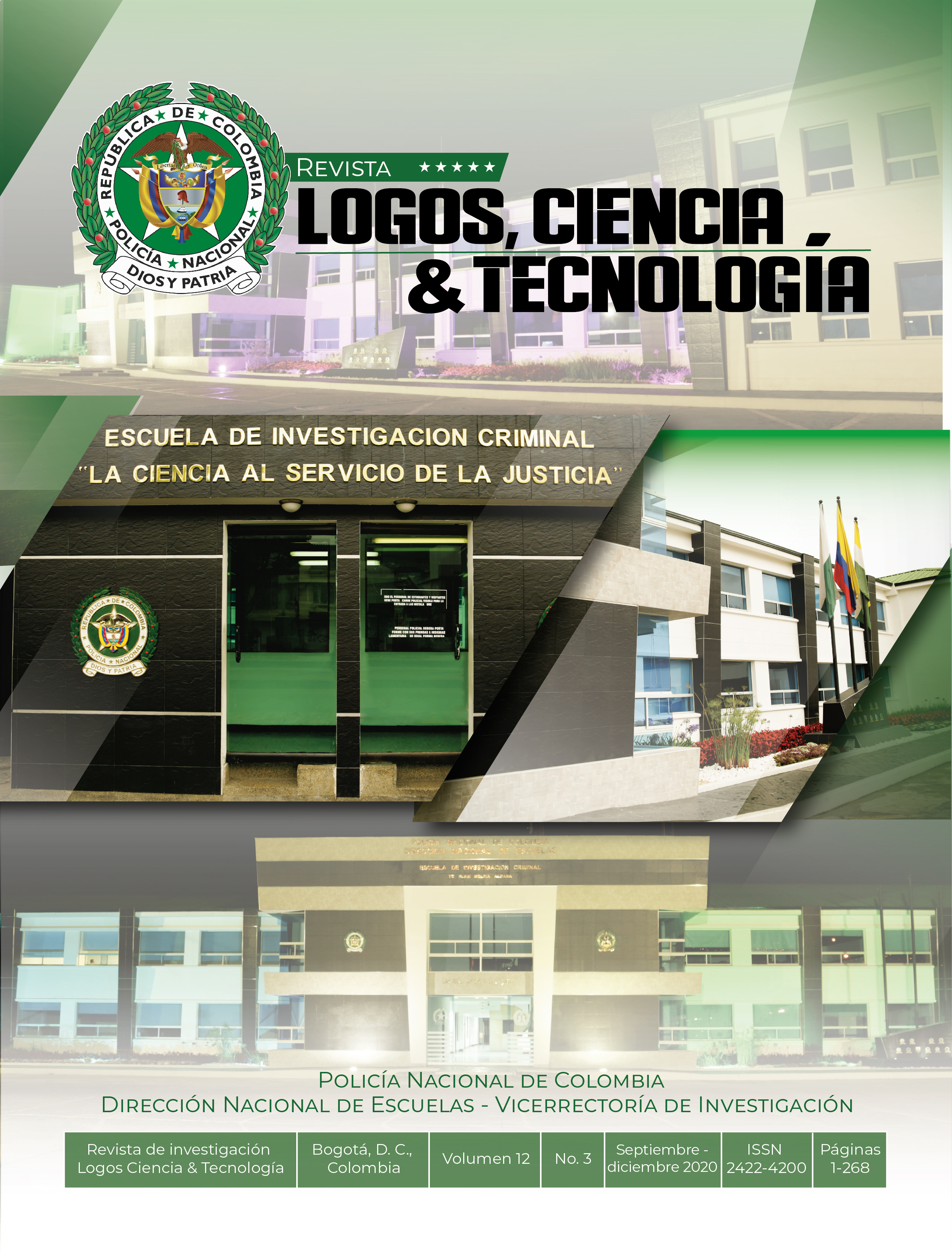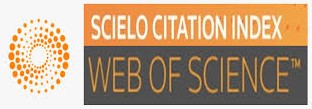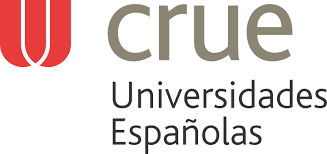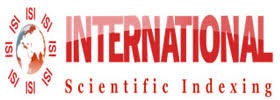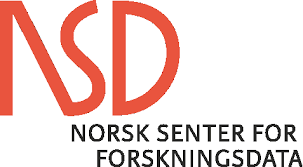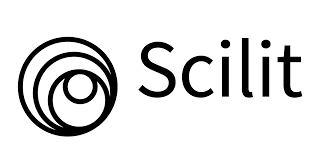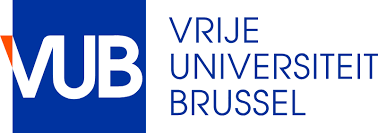The relationship between atmospheric condition and human mortality associated with coarse material particulate in Bogotá (Colombia)
DOI:
https://doi.org/10.22335/rlct.v12i3.1237Keywords:
Bogota, Air pollution, Atmospheric stability, Megacity, Public health, PM10Abstract
This article studies the relationship between atmospheric condition (AC) and human mortality rate associated with coarse particulate matter (PM10) in a high-altitude mega-city (Bogotá-Colombia). Information was collected from three automatic monitoring stations equipped with measuring instruments for PM10, temperature, solar radiation and wind speed. The sampling period lasted six years. The results showed the best possible scenario for the maximum hourly concentrations of PM10 (52.3-135 μg/m3). These events occurred during daytime periods where the predominant AC was between unstable and very unstable. The risk from exposure to PM10 showed that February>March>January were the highest risks. These months showed PM10 concentrations 35.9% higher than those observed during the months of lower risk (August>June>July). A higher mortality rate (+2.0%) was suggested in urban sectors with less atmospheric instability (AI) and predominance of impervious cover compared to sectors with higher AI and predominance of vegetated cover.
Downloads
References
Chambers, S. D., Wang, F., Williams, A. G., Xiaodong, D., Zhang, H., Lonati, G.,... Allegrini, I. (2015). Quantifying the influences of atmospheric stability on air pollution in Lanzhou, China, using a radon-based stability monitor. Atmospheric Environment, 107, 233-243. https://doi.org/10.1016/j.atmosenv.2015.02.016
Chen, X., Pei, T., Zhou, Z., Teng, M., He, L., Luo, M., & Liu, X. (2015). Efficiency differences of roadside greenbelts with three configurations in removing coarse particles (PM10): A street scale investigation in Wuhan, China. Urban Forestry & Urban Greening, 14(2), 354-360. https://doi.org/10.1016/j.ufug.2015.02.013
Dahari, N., Latif, M. T., Muda, K., & Hussein, N. (2020). Influence of meteorological variables on suburban atmospheric PM2.5 in the southern region of peninsular Malaysia. Aerosol and Air Quality Research, 20, 14-25. https://doi.org/10.4209/aaqr.2019.06.0313
Dockery, D. W., Pope, C. A., Xu, X., Spengler, J. D., Ware, J. H., Fay, M. E.,... Speizer, F. E. (1993). An association between air pollution and mortality in six U.S. cities. New England Journal of Medicine, 329(24), 1753-1759. https://doi.org/10.1056/NEJM199312093292401
Fowler, D., Skiba, U., Nemitz, E., Choubedar, F., Branford, D., Donovan, R., & Rowland, P. (2004). Measuring Aerosol and Heavy Metal Deposition on Urban Woodland and Grass Using Inventories of 210PB and Metal Concentrations in Soil. In R. K. Wieder, M. Novák, & M. A. Vile (Eds.), Biogeochemical Investigations of Terrestrial, Freshwater, and Wetland Ecosystems across the Globe (pp. 483-499). Springer Netherlands. https://doi.org/10.1007/978-94-007-0952-2_33
Franck, U., Leitte, A. M., & Suppan, P. (2014). Multiple exposures to airborne pollutants and hospital admissions due to diseases of the circulatory system in Santiago de Chile. The Science of the Total Environment, 468-469, 746-756. https://doi.org/10.1016/j.scitotenv.2013.08.088
Gifford, F. A. (1976). Turbulent diffusion-typing schemes: A review. http://inis.iaea.org/Search/search.aspx?orig_q=RN:8296495
Hernández, E., Martín, F., & Valero, F. (1992). Statistical forecast models for daily air particulate iron and lead concentrations for Madrid, Spain. Atmospheric Environment. Part B. Urban Atmosphere, 26(1), 107-116. https://doi.org/10.1016/0957-1272(92)90042-Q
Hou, Q., An, X., Tao, Y., & Sun, Z. (2016). Assessment of resident’s exposure level and health economic costs of PM10 in Beijing from 2008 to 2012. Science of the Total Environment, 563-564, 557-565. https://doi.org/10.1016/j.scitotenv.2016.03.215
Islam, M. N., Rahman, K.-S., Bahar, M. M., Habib, M. A., Ando, K., & Hattori, N. (2012). Pollution attenuation by roadside greenbelt in and around urban areas. Urban Forestry & Urban Greening, 11(4), 460-464. https://doi.org/10.1016/j.ufug.2012.06.004
Katsouyanni, K., Schwartz, J., Spix, C., Touloumi, G., Zmirou, D., Zanobetti, A., ... Anderson, H. R. (1996). Short term effects of air pollution on health: A European approach using epidemiologic time series data: the APHEA protocol. Journal of Epidemiology and Community Health, 50(Suppl 1), S12-S18.
Lacasaña, M., Aguilar, C., & Romieu, I. (1999). Evolución de la contaminación del aire e impacto de los programas de control en tres megaciudades de América Latina. Salud Pública de México, 41(3), 203-215.
Lee, S., Ho, C.H., Lee, Y. G., Choi, H.J., & Song, C.K. (2013). Influence of transboundary air pollutants from China on the high-PM10 episode in Seoul, Korea for the period October 16–20, 2008. Atmospheric Environment, 77, 430-439. https://doi.org/10.1016/j.atmosenv.2013.05.006
Liu, W., Xu, Z., & Yang, T. (2018). Health effects of air pollution in China. International Journal of Environmental Research and Public Health, 15(7). https://doi.org/10.3390/ijerph15071471
Maesano, C. N., Morel, G., Matynia, A., Ratsombath, N., Bonnety, J., Legros, G., ... Annesi-Maesano, I. (2020). Impacts on human mortality due to reductions in PM10 concentrations through different traffic scenarios in Paris, France. Science of The Total Environment, 698, 134257. https://doi.org/10.1016/j.scitotenv.2019.134257
MAVDT. (2010). Resolución 610 de 2010 Ministerio de Ambiente, Vivienda y Desarrollo Territorial. https://www.alcaldiabogota.gov.co/sisjur/normas/Norma1.jsp?i=39330
Montoya, G. de J., Cepeda, W., & Eslava, J. A. (2004). Características de la turbulencia y de la estabilidad atmosférica en Bogotá. Revista de La Academia Colombiana de Ciencias Exactas, Físicas y Naturales, 28(108), 327-335.
Palacio, D. F., Zafra, C. A., & Rodríguez, J. P. (2014). Evaluation of the air quality by using a mobile laboratory: Puente Aranda (Bogotá D.C., Colombia). Revista Facultad de Ingeniería Universidad de Antioquia, 71, 153-166.
Pasquill, F. (1961). The estimation of the dispersion of windborne material. Meteorol. Mag., 90, 33-49.
Sarmiento, R., Hernández, L. J., Medina, E. K., Rodríguez, N., & Reyes, J. (2015). Respiratory symptoms associated with air pollution in five localities of Bogotá, 2008-2011, a dynamic cohort study. Biomédica, 35(SPE), 167-176. https://doi.org/10.7705/biomedica.v35i0.2445
Shan, Y., Jingping, C., Liping, C., Zhemin, S., Xiaodong, Z., Dan, W., & Wenhua, W. (2007). Effects of vegetation status in urban green spaces on particle removal in a street canyon atmosphere. Acta Ecologica Sinica, 27(11), 4590-4595. https://doi.org/10.1016/S1872-2032(08)60007-4
Srinivas, C. V., Venkatesan, R., Somayaji, K. M., & Indira, R. (2009). A simulation study of short-range atmospheric dispersion for hypothetical air-borne effluent releases using different turbulent diffusion methods. Air Quality, Atmosphere & Health, 2(1), 21-28. https://doi.org/10.1007/s11869-009-0030-6
Terrouche, A., Ali-Khodja, H., Kemmouche, A., Bouziane, M., Derradji, A., & Charron, A. (2016). Identification of sources of atmospheric particulate matter and trace metals in Constantine, Algeria. Air Quality, Atmosphere & Health, 9(1), 69-82. https://doi.org/10.1007/s11869-014-0308-1
Turner, D. B. (1964). A diffusion model for an urban area. Journal of Applied Meteorology, 3(1), 83-91. https://doi.org/10.1175/1520-0450(1964)003<0083:ADMFAU>2.0.CO;2
U.S.EPA. (1999). Compendium of methods for the determination of inorganic compounds in ambient air.
Vecchi, R., Marcazzan, G., & Valli, G. (2007). A study on night time–daytime PM10 concentration and elemental composition in relation to atmospheric dispersion in the urban area of Milan (Italy). Atmospheric Environment, 41(10), 2136-2144. https://doi.org/10.1016/j.atmosenv.2006.10.069
WHO. (2005). WHO | Air quality guidelines—Global update 2005. WHO. https://www.who.int/phe/health_topics/outdoorair/outdoorair_aqg/en/
Yang, J., Zhou, M., Zhang, F., Yin, P., Wang, B., Guo, Y.,... Liu, Q. (2020). Diabetes mortality burden attributable to shortterm effect of PM10 in China. Environmental Science and Pollution Research. https://doi.org/10.1007/s11356-020-08376-1
Zafra, C., Ángel, Y., & Torres, E. (2017). ARIMA analysis of the effect of land surface coverage on PM10 concentrations in a high-altitude megacity. Atmospheric Pollution Research, 8(4), 660-668. https://doi.org/10.1016/j.apr.2017.01.002
Zafra-Mejía, C., Gutiérrez-Malaxechebarria, Á., & Hernández-Peña, Y. (2019). Correlation between vehicular traffic and heavy metal concentrations in road sediments of Bogotá, colombia. Revista Facultad de Medicina, 67(2), 193-199. https://doi.org/10.15446/revfacmed.v67n2.68269
Zoras, S., Triantafyllou, A. G., & Deligiorgi, D. (2006). Atmospheric stability and PM10 concentrations at far distance from elevated point sources in complex terrain: Worstcase episode study. Journal of Environmental Management, 80(4), 295-302. https://doi.org/10.1016/j.jenvman.2005.09.010
Downloads
Published
Issue
Section
License
Copyright (c) 2020 Revista Logos Ciencia & Tecnología Journal

This work is licensed under a Creative Commons Attribution 4.0 International License.
This journal provides free and immediate access to its content (https://creativecommons.org/licenses/by/4.0/legalcode#languages), under the principle that making research available to the public free of charge supports greater global knowledge exchange. This means that the authors transfer the Copyrights to the journal, so that the material can be copied and distributed by any means, as long as the authors’ recognition is maintained, and the articles are not commercially used or modified in any way.
